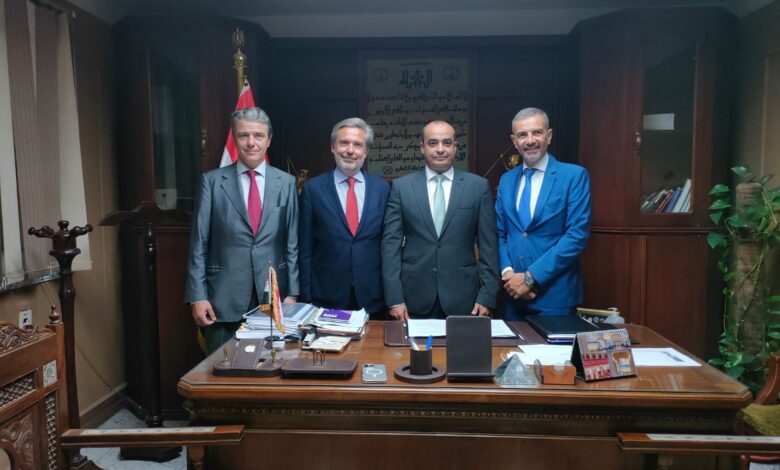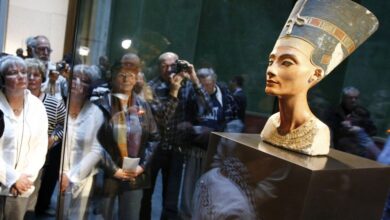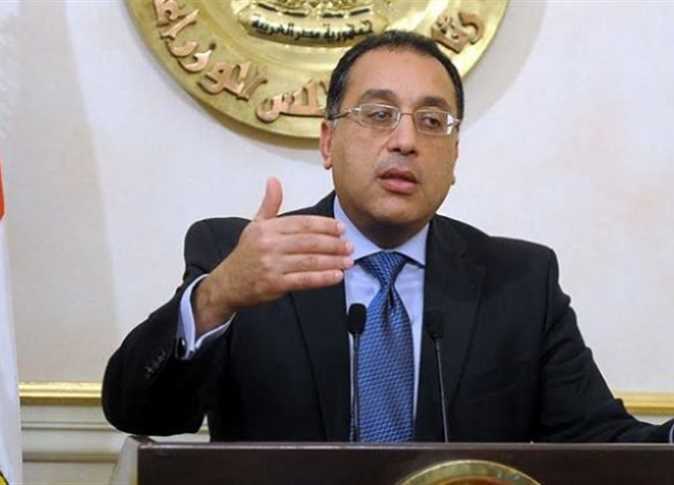
The Secretary-General of the Supreme Council of Antiquities in Egypt Mohamed Ismail Khaled, and the Chairman of the Board of Directors of the ALES Foundation at the Italian Ministry of Culture Fabio Tagliaferri, signed a joint cooperation agreement to organize the “Pharaohs’ Treasures” temporary archaeological exhibition.
The exhibition is scheduled to open on October 24, at the Scuderie del Quirinale Palace in Rome, Italy.
It comes as part of ongoing efforts to strengthen joint cooperation between Egypt and Italy, particularly within the archaeological field.
The signing ceremony was attended by the Ambassador of Italy to Cairo Michele Quaroni; the Head of Museums Sector at the Supreme Council of Antiquities, Moamen Othman; the CEO of Mondo Mostre, Simone Todorow di San Giorgio, and the Director of Scuderie del Quirinale Palace, Matteo Lafranconi.
The Secretary of the Supreme Council of Antiquities emphasized the importance of this fruitful cooperation, praising the distinguished relations between Egypt and Italy, especially in archaeology.
This exhibition serves as a cultural window highlighting ancient Egyptian civilization, while also contributing to building bridges of cultural dialogue between people, and enhancing global appreciation of human history.
A treasured exhibition
The “Pharaohs’ Treasures” exhibition is the second largest archaeological exhibition held in Italy, featuring 130 artifacts selected from the Egyptian Museum in Tahrir and the Luxor Museum of Art.
These pieces tell the story of ancient Egyptian civilization across multiple eras, through themes including royalty, the royal court, religious beliefs, daily life, funerary rituals, and the afterlife.
The exhibition is scheduled to run until May 2026, providing an extended opportunity for Italian and international audiences to discover the splendor of Egypt’s history.
The exhibition includes pieces being displayed in Italy for the first time, including the golden coffin of Queen Ahhotep, an example of New Kingdom funerary art, completely covered in gold, reflecting the queen’s lofty status.
It also features the golden funerary mask of King Amenemope, which embodies the concept of royal immortality through the use of gold, the sacred metal associated with the sun god Ra.
The exhibition further includes the Menkaure Triads, a monumental sculpture from the Old Kingdom depicting the king standing between the goddess Hathor and the local deity of Thebes, a powerful embodiment of sacred power.
And it is slated to feature the golden coffin of Tuya, Akhenaten’s grandmother, with decorations and hieroglyphic inscriptions narrating her journey to the afterlife.
It aims to explores ancient Egyptian society, the divine power of the pharaohs, daily life, religious beliefs, funerary rituals, and the latest archaeological discoveries.
From the majestic statues of King Ramses VI and King Thutmose III to delicate royal jewelry, exquisitely crafted everyday objects and coffins decorated with sacred symbols, the exhibition reveals the profound artistic and spiritual sophistication that characterized ancient Egyptian civilization.
The exhibition has also devoted a special section to the “Golden City,” one of the most important archaeological discoveries in recent years.
Excavations revealed a large residential complex dating back to the reigns of King Amenhotep III and King Akhenaten, offering unprecedented insights into the daily lives of artisans and their families.




